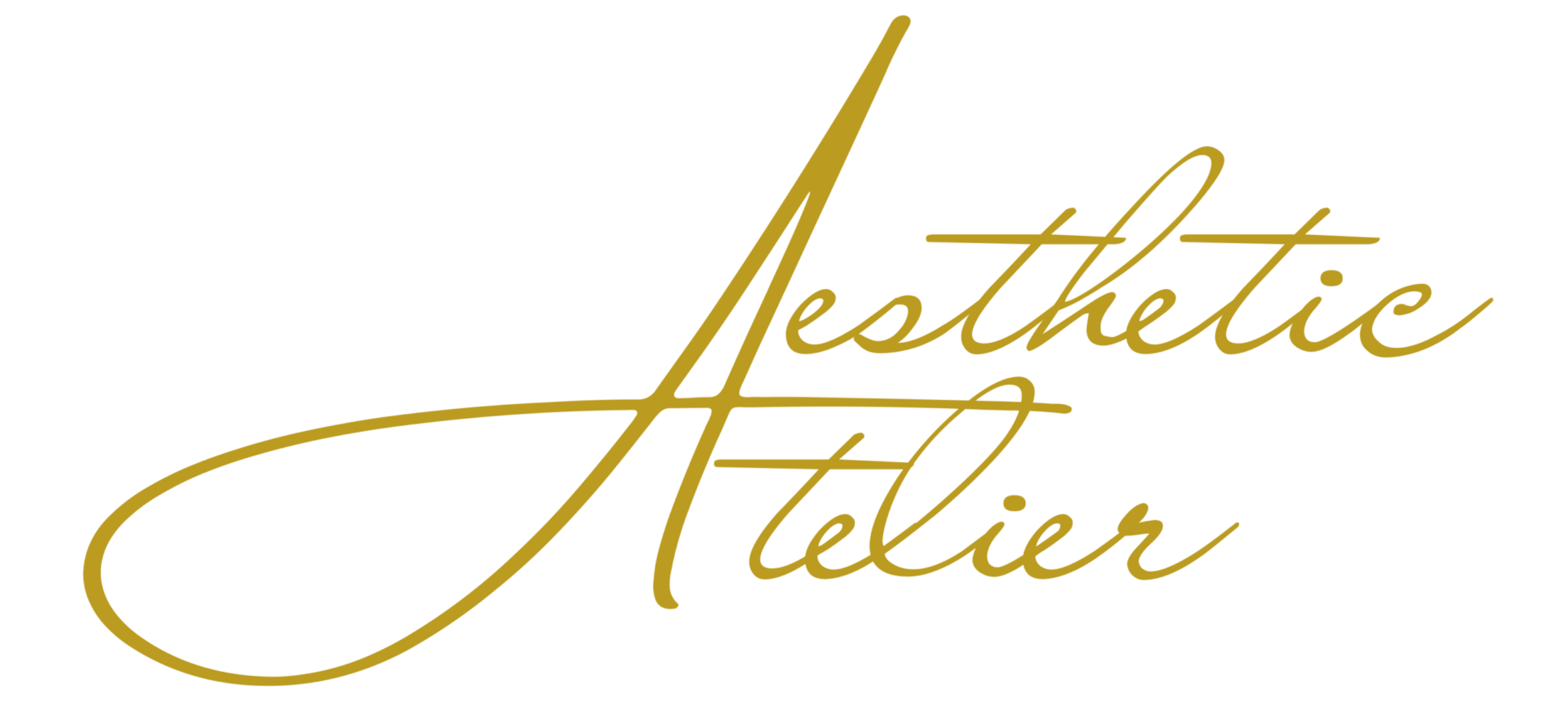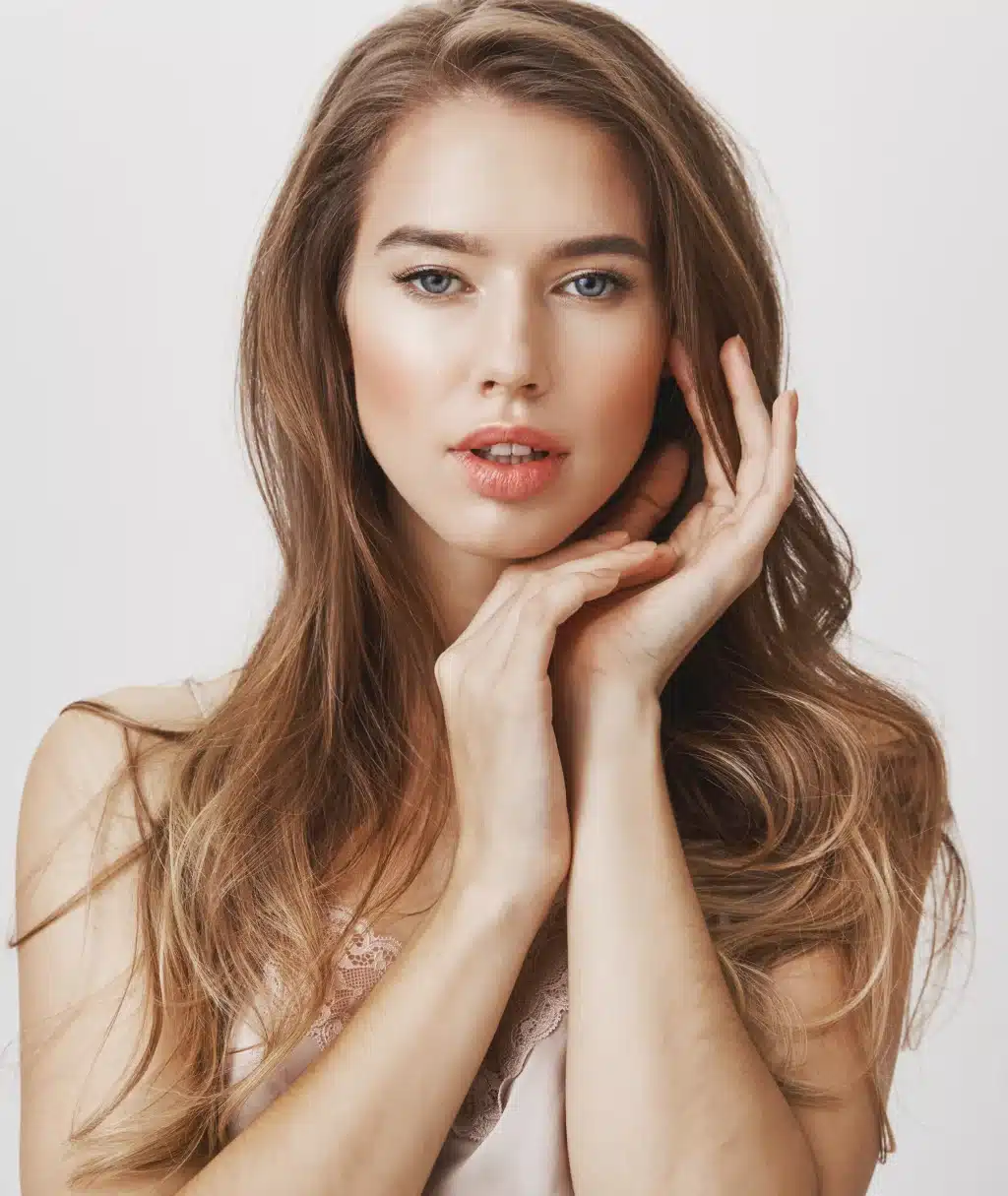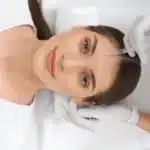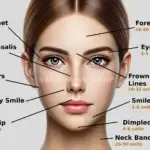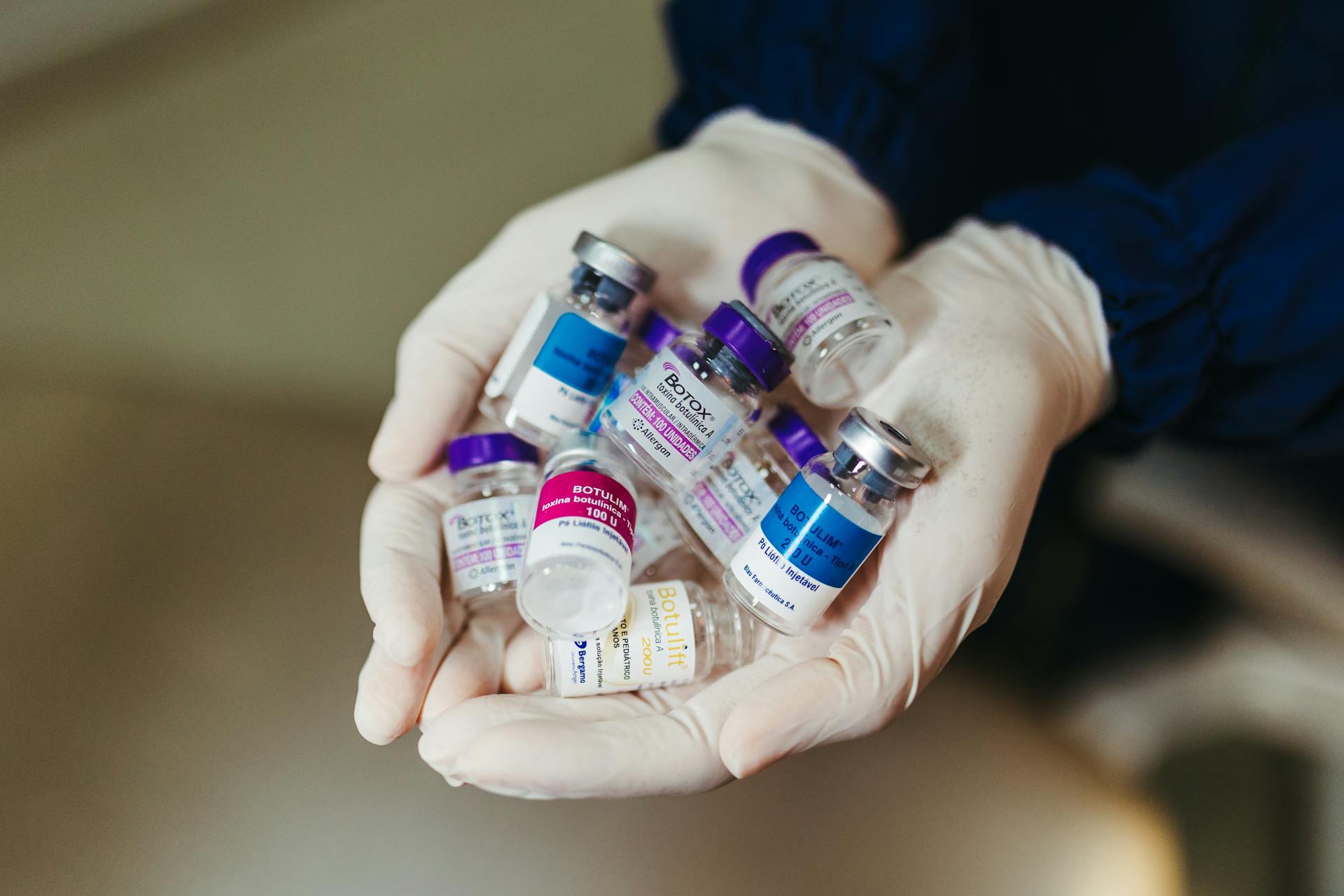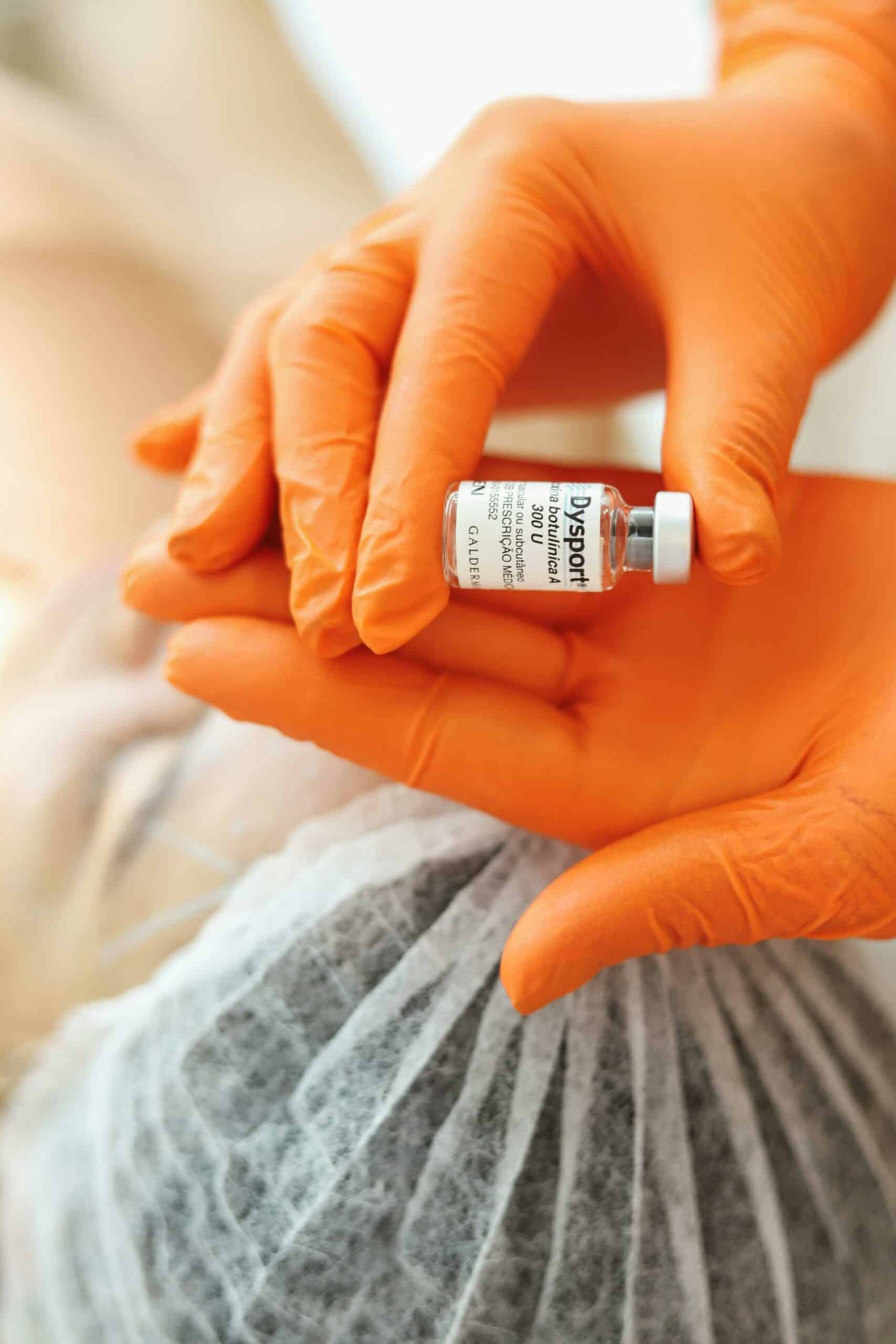How Many Units of Botox Do I Need? A Complete GuideBotox is a popular, non-surgical solution for reducing wrinkles and achieving smoother, younger-looking skin. But one of the most common questions patients have is, "How many units of Botox do I need?" The answer varies depending on your treatment goals, the areas you want to …
How Many Units of Botox Do I Need? A Complete Guide
Botox is a popular, non-surgical solution for reducing wrinkles and achieving smoother, younger-looking skin. But one of the most common questions patients have is, “How many units of Botox do I need?” The answer varies depending on your treatment goals, the areas you want to target, and your body’s individual response. In this guide, we’ll explore how Botox units are determined and what factors influence your treatment.
What is a Unit of Botox?
A unit of Botox refers to the specific measurement of botulinum toxin used in a treatment. Botox works by temporarily relaxing the muscles that cause wrinkles and lines. Each unit of Botox is carefully calculated to provide just the right amount for effective results without overdoing it. Understanding Botox units is essential because different areas of the face require different amounts to achieve a balanced, natural look.
Factors That Affect the Number of Botox Units You Need
Treatment Area
The number of units needed depends significantly on the area being treated. Here’s a general guideline for common treatment areas:
- Forehead lines: Typically, 10-20 units
- Frown lines (between the eyebrows): About 15-25 units
- Crow’s feet (around the eyes): Approximately 10-15 units per side
- Bunny lines (nose wrinkles): 5-10 units
Muscle Strength and Activity
Everyone’s facial muscles are different. Some people have stronger muscles, which might require more units to relax effectively, while others may need less. If you have a very expressive face or deep lines, you may require a higher dose.
Desired Results
Your goals will influence how much Botox you need. If you prefer subtle results, a lower dose might be appropriate. However, for a more dramatic reduction in lines and wrinkles, a higher dose may be recommended.
First-Time vs. Maintenance Treatments
First-time Botox patients may need a higher initial dose to achieve their desired results. Once you’ve established a routine, you may find that you need fewer units for maintenance.
Typical Units Needed for Popular Botox Treatment Areas
Forehead Lines
Forehead lines are horizontal lines that appear when you raise your eyebrows. On average, 10-20 units are needed for this area to smooth out these lines effectively.
Frown Lines (Glabellar Lines)
Frown lines, also known as “11 lines,” are vertical lines that appear between your eyebrows. Treating this area usually requires around 15-25 units, depending on the depth of the lines.
Crow’s Feet
Crow’s feet are the small lines that radiate from the corners of the eyes. For both sides, around 20-30 units are typically used (10-15 units per side).
Other Areas and Custom Treatments
Other areas that Botox can treat include the chin, jawline, neck, and even lips for a “lip flip.” Units vary based on the individual and the area’s requirements.
How to Know if You’re Getting the Right Amount of Botox
It’s essential to consult with a qualified practitioner to determine the right dose for you. A good Botox provider will assess your muscle activity, discuss your goals, and suggest an appropriate amount. Never attempt to self-administer Botox or choose a provider solely based on low prices. Quality and expertise are crucial for safe and effective results.
How Long Do Botox Results Last?
Botox results are temporary, lasting between 3-4 months for most people. Over time, as the muscles regain their activity, lines and wrinkles will gradually reappear. Regular maintenance treatments can help prolong your results and keep your skin looking smooth.
FAQs About Botox Units and Dosage
How many units of Botox do I need for a natural look?
To achieve a natural look, your provider will typically use fewer units to avoid a “frozen” appearance. Generally, subtle treatments may use lower doses around 10-15 units for areas like the forehead and crow’s feet.
Is there a minimum or maximum number of Botox units?
While there is no strict minimum, your provider will suggest a certain number of units to achieve effective results. Overuse can lead to a frozen look, so an experienced provider will avoid exceeding necessary doses.
How many units are in a full-face Botox treatment?
A full-face Botox treatment, targeting areas like the forehead, frown lines, and crow’s feet, may require between 50-75 units, depending on the individual’s needs.
Can I start with fewer units and add more later?
Yes, many patients choose a “less is more” approach initially. You can always add more Botox later if needed to reach your desired look.
Does Botox dosage vary for men and women?
Yes, men often have stronger facial muscles and may require a higher dose than women for the same treatment area.
Final Thoughts on Botox Units and Treatment Planning
The right amount of Botox depends on several factors, including your treatment goals, muscle activity, and facial structure. Consulting with a qualified provider is essential for achieving safe, natural results. Remember, Botox is not a one-size-fits-all treatment, and a personalized approach will always yield the best outcome.
